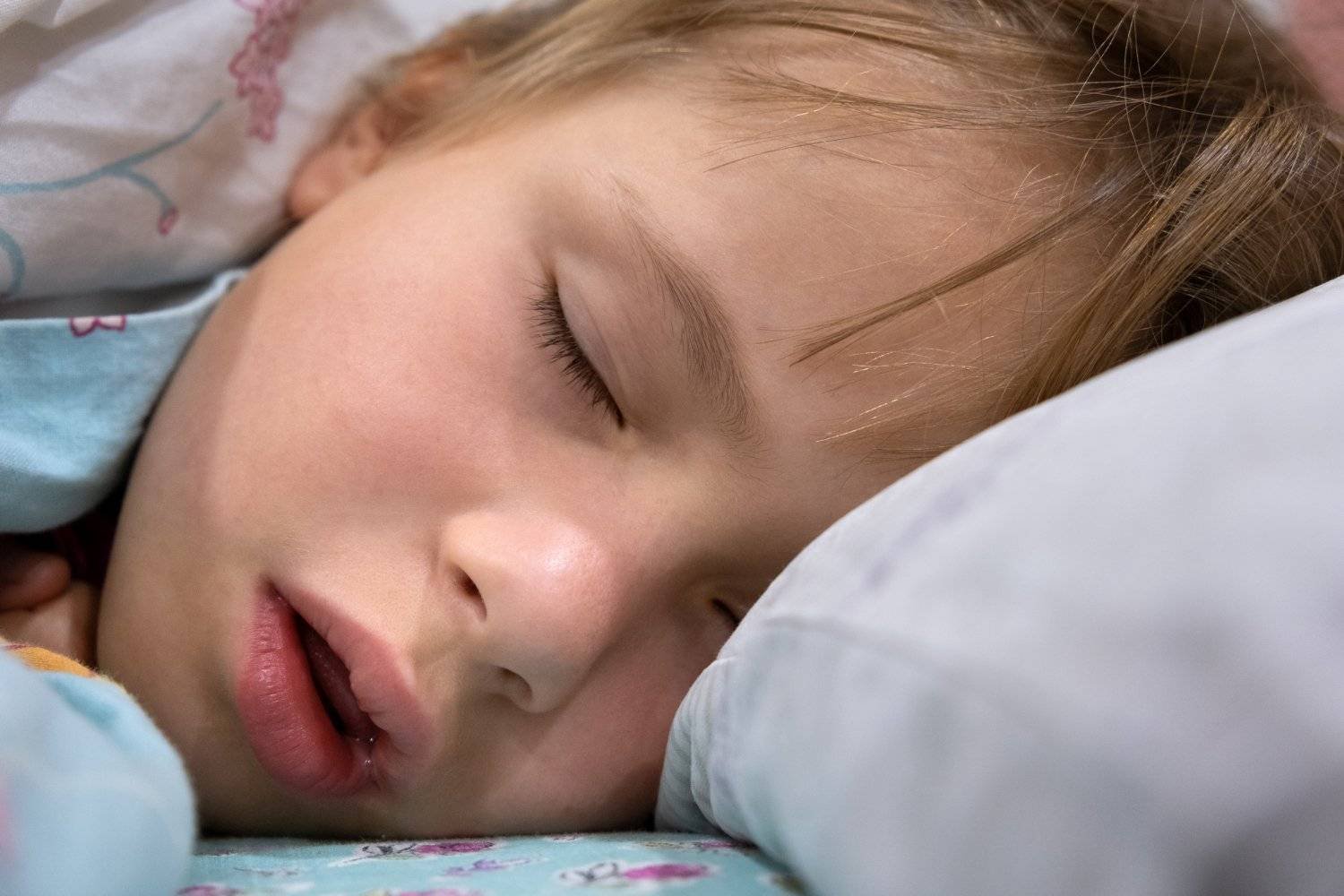The Dangers of Mouth Breathing: Understanding the Risks
Breathing is an essential function of life, but the way we breathe can have a significant impact on our health. While breathing through the nose is the body’s natural and preferred method, some individuals habitually breathe through their mouths, which can lead to a host of problems. Mouth breathing, especially when chronic, can have serious consequences for both children and adults.
Causes of Mouth Breathing:
Several factors can contribute to mouth breathing, including nasal congestion, allergies, enlarged tonsils or adenoids, anatomical abnormalities, and habits formed during childhood. In some cases, chronic stress or anxiety can also lead to mouth breathing.
The Dangers of Mouth Breathing:
- Dental Issues: Mouth breathing can lead to dry mouth, which reduces saliva production and increases the risk of tooth decay, gum disease, and bad breath. It can also cause malocclusion, or misalignment of the teeth and jaws, which may require orthodontic treatment to correct.
- Facial Development: Chronic mouth breathing in children can affect the development of the face and jaw, leading to long-term skeletal changes. This may result in facial asymmetry, narrow dental arches, and a recessed chin, affecting both appearance and function.
- Sleep Disruptions: Mouth breathing can disrupt sleep patterns, leading to poor quality sleep, daytime fatigue, and difficulty concentrating. In children, it may contribute to behavioral issues and learning difficulties.
- Respiratory Problems: Breathing through the mouth bypasses the natural filtration and humidification provided by the nasal passages, making the respiratory system more susceptible to infections, allergies, and asthma exacerbations.
- Psychological Impact: Chronic mouth breathing can affect self-esteem and confidence, particularly in adolescents and adults who may feel self-conscious about their appearance or struggle with social interactions due to oral issues.
Treatment and Prevention:
Treating chronic mouth breathing often involves addressing the underlying cause. This may include clearing nasal congestion, treating allergies or respiratory infections, removing adenoids or tonsils if necessary, and practicing breathing exercises to retrain the body to breathe through the nose.
Preventive measures such as maintaining good oral hygiene, staying hydrated, and promoting nasal breathing habits from an early age can also help mitigate the risks associated with mouth breathing.
In conclusion, while mouth breathing may seem harmless, it can have far-reaching consequences for both oral and overall health. Recognizing the dangers of mouth breathing and seeking appropriate treatment and preventive measures are essential for maintaining optimal health and well-being.

